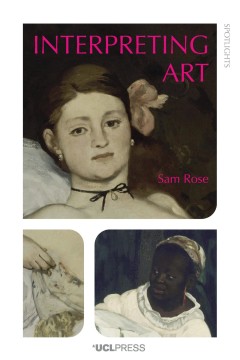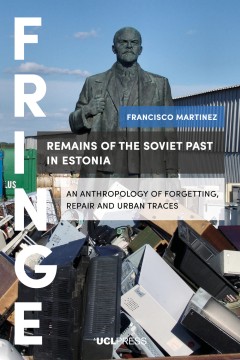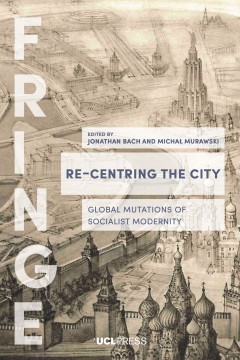Filter by

Interpreting art
How do people make sense of works of art? And how do they write to make others see the same way? There are many guides to looking at art, histories of art history and art criticism, and accounts of various ‘theories’ and ‘methods’, but this book offers something very unlike the normal search for difference and division: it examines the general and largely unspoken norms shared by interp…
- Edition
- -
- ISBN/ISSN
- 9781800081772
- Collation
- xi, 136 p. ill;
- Series Title
- -
- Call Number
- 701.18 INT E

Remains of the Soviet past in Estonia : an anthropology of forgetting, repair…
What happens to legacies that do not find any continuation? In Estonia, a new generation that does not remember the socialist era and is open to global influences has grown up. As a result, the impact of the Soviet memory in people’s conventional values is losing its effective power, opening new opportunities for repair and revaluation of the past. Francisco Martinez brings together a numb…
- Edition
- -
- ISBN/ISSN
- 9781787353534
- Collation
- xix, 255 p. ill;
- Series Title
- -
- Call Number
- 974.98 REM F

The global encyclopaedia of informality : understanding social and cultural c…
Alena Ledeneva invites you on a voyage of discovery, to explore society’s open secrets, unwritten rules and know-how practices. Broadly defined as ‘ways of getting things done’, these invisible yet powerful informal practices tend to escape articulation in official discourse. They include emotion-driven exchanges of gifts or favours and tributes for services, interest-driven know-how (fro…
- Edition
- -
- ISBN/ISSN
- 9781911307907
- Collation
- xxix, 400 p.
- Series Title
- -
- Call Number
- 306 GLO A

Re-centring the city : global mutations of socialist modernity
What is the role of monumentality, verticality and centrality in the twenty-first century? Are palaces, skyscrapers and grand urban ensembles obsolete relics of twentieth-century modernity, inexorably giving way to a more humble and sustainable de-centred urban age? Or do the aesthetics and politics of pomp and grandiosity rather linger and even prosper in the cities of today and tomorrow? R…
- Edition
- -
- ISBN/ISSN
- 9781787354111
- Collation
- xix, 292 p. ill;
- Series Title
- -
- Call Number
- 307.116 REC J
 Computer Science, Information & General Works
Computer Science, Information & General Works  Philosophy & Psychology
Philosophy & Psychology  Religion
Religion  Social Sciences
Social Sciences  Language
Language  Pure Science
Pure Science  Applied Sciences
Applied Sciences  Art & Recreation
Art & Recreation  Literature
Literature  History & Geography
History & Geography